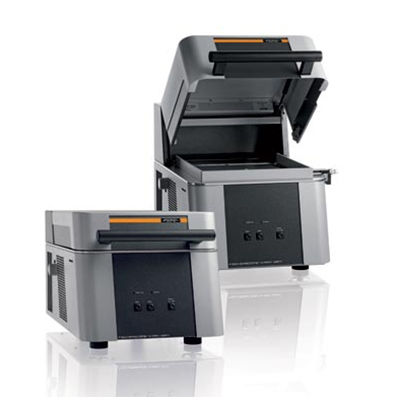- Home »
- Our Products »
- Electroplating and Electroless Coatings »
- Electroplating Thickness Tester MEASUREMENT
Electroplating Thickness Tester MEASUREMENT
Highly flexible, our array of Electroplating Thickness instrument measures from Top to Bottom. The range with fully enclosed measurement chamber for large apertures and to count high rates that can be processed using silicon drift detector. Excitation as well as radiation detection corresponds to the XDV-SDD that makes it ideal for the study of gold alloys as well as trace analysis of harmful substances in plastics.
The instrument of Electroplating Thickness ensures quick and exact materials analysis with user-friendly features. The array is ideal for the analysis of varied precious metal as well as gold alloys. The collection comes with geometric arrangement of hardware components. X-ray source as well as detector is situated below the measurement chamber and the measurement is conducted from bottom to top for easy & swift positioning of the samples. The range comes in varied versions only differ in terms of detectors, number of apertures, X-ray tubes, and filters.
Features
- X-ray tube with W-anode as well as glass window or micro-focus X-ray tube having W-anode and beryllium window.
- Maximum operating conditions: 50 kV, 50W
- Proportional counter tube, Silicon drift detector as X-ray detector or silicon PIN diode
- Aperture: fixed or 4-x automatically exchangeable, 0.2 mm to 2 mm
- Primary filter: fixed, 3-x exchangeable or 6-x automatically exchangeable
- Fixed sample support
- Video camera for optical observations of the measurement position along the axis of the primary X-ray beam. Crosshairs with calibrated scale (ruler) as well as display of the measurement spot Design-approved, completely protected instrument compliant with the German X-ray ordinance.
Applications
- Gold as well as precious metal study in the Jewellery and watch industries
- Measurement of thin coatings of few nanometers like Au and Pd on the printed circuit boards as well as electronics components
- Trace study (e.g. harmful substances in electronic components (ROHS) or tools)
- Examination of light elements like Al, Si, P with the XAN 250
- General materials analysis as well as coating thickness measurement in testing institutions, laboratories and universities


